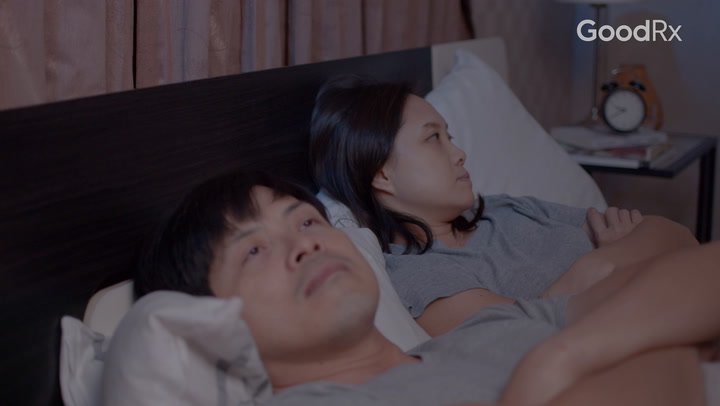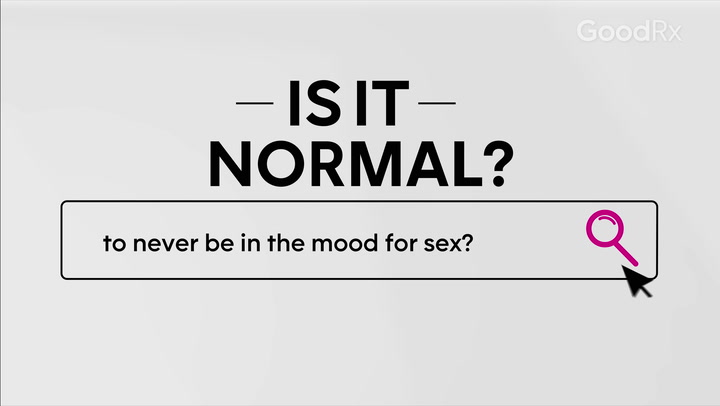
Asexual vs. Low Libido: What’s the Difference?
Key takeaways:
Asexuality is a type of sexual orientation where you’re not sexually attracted to other people. It’s a part of your identity and doesn’t tend to change over time.
A low libido (sex drive) is when you’re not interested in sex, but it’s different from asexuality. Your libido isn’t a part of your core identity, and it often changes throughout your lifetime.
Asexuality isn’t something that needs to be treated. It’s totally normal, just like being gay, straight, or bisexual. On the other hand, if you have a low libido — and it’s bothering you — treatment can help.
Table of contents

When it comes to sex, everyone’s different. There’s a lot of variety between people in terms of sexual attraction, sexual activities, and even sexual identity.
In this article, we’re going to talk about two things that affect your sex life. First: your libido (also known as your sex drive). And second: a type of sexual orientation called asexuality.
Both libido and asexuality can affect how interested you are in having sex. But that doesn’t mean they’re the same thing. Let’s take a closer look.
Quiz: Am I asexual?
What does it mean to be asexual?
Asexuality (or “ace” for short) is a type of sexual orientation, just like being gay, straight, or bisexual. People who are asexual typically aren’t very interested in having sex with other people.
But that doesn’t mean that everyone who’s asexual is the same. For example, here are some points to consider:
Some asexual people have sex. Some don’t.
Some asexual people never experience sexual attraction. Others only experience sexual attraction in certain situations, like in a long-term relationship.
Some asexual people are romantically attracted to other people. Others aren’t.
Some asexual people have a high libido, while others have a low libido. Asexual people with a high libido might enjoy solo activities like fantasizing or masturbating. But they still may not be interested in having sex with another person.
Can women use Viagra? Here’s what to know about using prescription medication to boost your sex life.
Could medication be to blame for your low sex drive? Check out these 11 medications that can cause a low libido and other sexual problems.
Can exercise help increase libido? Learn how exercise can potentially have a positive effect on your sex life.
What does it mean to have a low libido?
Your libido (sex drive) is your interest in sex. This includes not only having sex but also your sexual thoughts and fantasies.
Just like other parts of your sex life, there’s no “normal” when it comes to libido. Some people naturally have a high libido. Others don’t. And it’s also totally natural for your libido to change over time.
Is being asexual the same as having a low libido?
No. Asexuality is a type of sexual orientation. Just like other types of sexual orientation, it’s part of your personal identity. This means it’s not likely to change much over time.
On the other hand, libido isn’t really a part of your identity. If you have a low libido, it just means that right now you’re not that interested in sex. And as we mentioned above, it’s totally normal for your libido to go up and down over time. You might even notice that your sex drive is different in certain situations or with certain people.
How can I tell if I’m asexual or if I have a low libido?
It can be hard to tell the difference between being asexual and having a low libido. Both can make you less interested in having sex.
But here’s one key difference:
Asexuality is part of who you are, not just a change in your situation or feelings.
People with low libido, on the other hand, often say they used to want sex more — but just aren’t as interested anymore.
Only you can decide what feels true for you. If you take time to think it over, you might find that you identify more with one or the other.
What causes low libido?
Some people naturally have a low libido, and that’s OK. But there are many things that can cause a low libido in people who previously had a higher libido. These include health issues like:
Pregnancy and childbirth
Perimenopause and menopause
Physical or mental health problems
Other factors are linked to your emotional state and experiences:
Personal beliefs about sex
Past experiences with sex
How do you treat low libido?
Having a low libido isn’t necessarily a problem. But if having a low libido bothers you — or is causing problems in your personal life — treatment can help.
Depending on the cause, your options for treating low libido might include:
Individual therapy
Couples therapy
Lifestyle changes
Medications
Natural supplements
If you’re concerned about low libido, talk to a healthcare professional. They can help figure out what’s causing your low libido. And they can put together a treatment plan that feels like a good fit.
Frequently asked questions
Demisexual is a type of sexual orientation. It’s on the asexuality spectrum, but with one key difference: People who are demisexual only experience sexual attraction after they’ve emotionally bonded to someone.
Absolutely. Depression can have a big impact on your sex life, including your libido. And problems in your sex life can, in turn, make you feel down and depressed.
Keep in mind that many common antidepressants can have sexual side effects, too, like low libido and problems with orgasm.
Lithsexual is another type of sexual orientation. People who are lithsexual experience sexual attraction but only if it’s not reciprocated.
The bottom line
If you’re not interested in sex, it’s possible you could be asexual or have a low libido. Asexuality is a type of sexual orientation, just like being heterosexual or gay. It doesn’t need to be changed or treated.
A low libido, on the other hand, is when you have a low sex drive. It can come and go over time. If you’re dealing with a low libido — and it feels like a problem — consider reaching out to a healthcare professional. There are many options for treatment and support.
Why trust our experts?


References
Klein, J. (2021). Why demisexuality is as real as any sexual orientation. British Broadcasting Corporation.
Marie, K. (2016). Lithosexual. Urban Dictionary.
The Asexual Visibility and Education Network. (n.d.). Overview.
The Trevor Project. (2021). Understanding asexuality.














